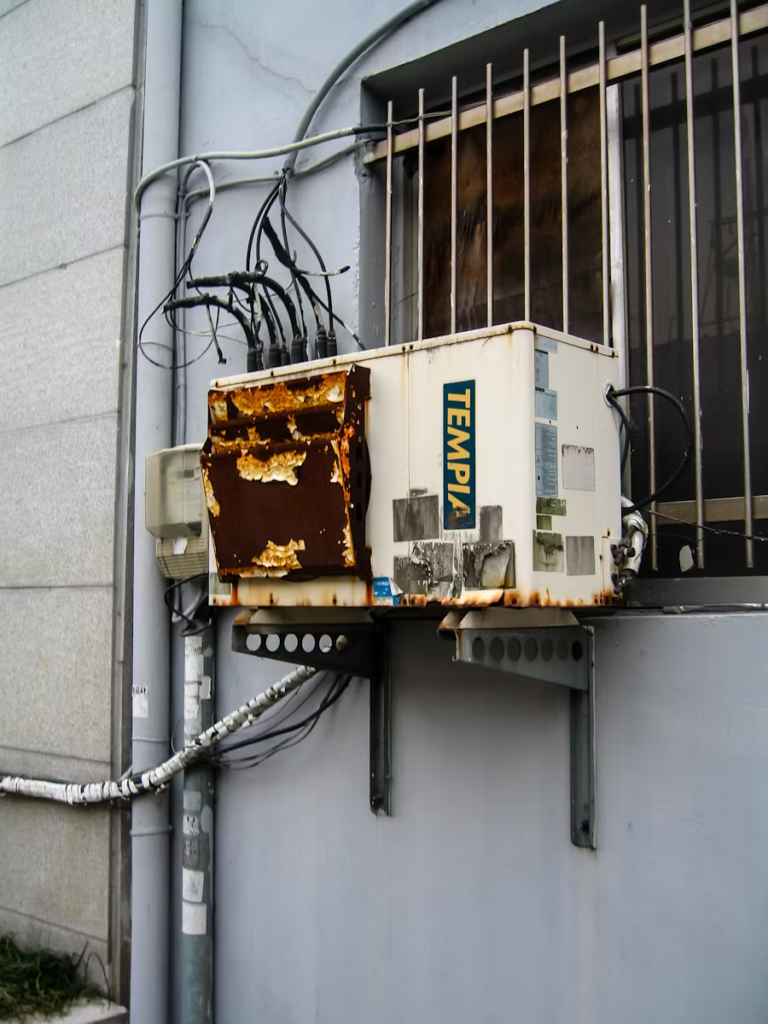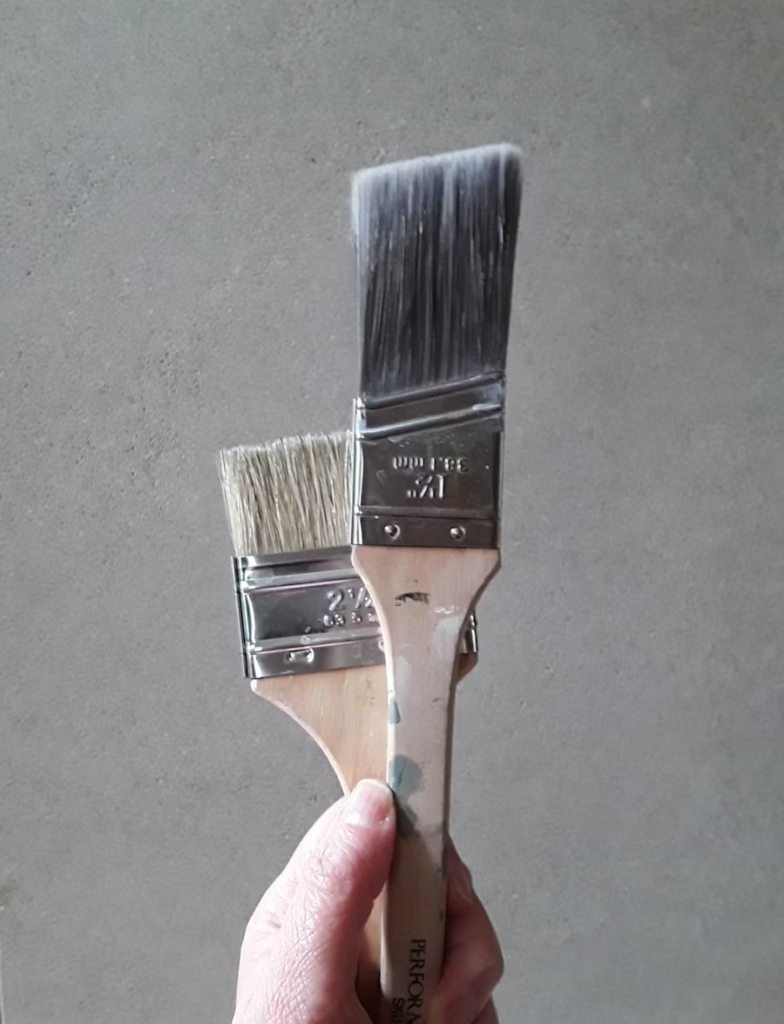A circuit breaker box, often called an electrical panel, is crucial to any home’s electrical system. It plays a pivotal role in protecting your home from electrical hazards by controlling the flow of electricity. If you’ve ever experienced a power outage, electrical surge, or appliance malfunction, the circuit breaker box is usually involved in shutting off the power to avoid damage. In Singapore, where modern homes are often filled with complex electrical systems, understanding how the circuit breaker works and when to seek professional help is essential for homeowners.
Still wondering what a circuit breaker box is, how it functions, and how to troubleshoot and fix common issues that may arise? Read on to learn everything you need about this critical component of your home’s electrical system.
- What is a Circuit Breaker Box?
- How Does a Circuit Breaker Box Work?
- Why Do Circuit Breakers Trip?
- How to Troubleshoot and Fix a Tripped Circuit Breaker
- When Should You Call a Professional?
What is a Circuit Breaker Box?
A circuit breaker box (also called an electrical panel or fuse box) is the main control center for your home’s electrical system. It is typically located in a utility area, basement, or kitchen. The box contains the circuit breakers, which are switches that control the power to different areas of your home or specific appliances. The circuit breakers automatically interrupt the flow of electricity in the event of an overload or short circuit.
Essentially, the circuit breaker box is a protective measure, ensuring your electrical system operates safely. It prevents electrical fires, appliance damage, and other hazards by cutting off power to circuits when the electrical load exceeds safe limits.
How Does a Circuit Breaker Box Work?
The circuit breaker box works by monitoring the flow of electricity in each circuit. Each circuit in your home is connected to a specific breaker in the panel. If a circuit experiences an overload or a short circuit, the breaker automatically flips or trips to disconnect the flow of electricity, preventing overheating and potential damage.
Here’s a basic rundown of how it works:
- Electricity enters the circuit breaker box from the power supply.
- Circuit breakers monitor the current flow through each connected circuit.
- If too much electricity flows through a circuit (e.g., due to an appliance overload), the breaker trips, cutting off the flow of electricity to that circuit.
- The breaker stays off until you manually reset it, or the underlying problem is fixed.

Why Do Circuit Breakers Trip?
There are several reasons why a circuit breaker might trip, some of which are relatively common. Here are a few of the most frequent causes:
1. Overloaded Circuit
An overloaded circuit occurs when too many devices are plugged into the same outlet or circuit. This can overwhelm the circuit’s capacity and cause the breaker to trip. For example, running a space heater, microwave, and air conditioner on the same circuit can trigger an overload.
2. Short Circuit
A short circuit happens when a live wire touches a neutral wire, creating a direct path for electricity. Damaged wires or faulty appliances can cause this. A short circuit is more dangerous than an overload because it can cause fires if not addressed immediately.
3. Ground Fault
A ground fault occurs when the current flows through an unintended path, such as a person’s body, causing electrical shock risks. Ground fault circuit interrupters (GFCIS) are designed to protect against this issue by cutting power when they detect a fault.
4. Faulty Circuit Breaker
Sometimes, the breaker itself may become faulty or worn out over time. This can lead to unnecessary tripping or, in some cases, a failure to trip when needed.
5. Faulty Appliances
A malfunctioning appliance can cause the circuit breaker to trip, especially if it draws more current than usual or has an internal fault.
How to Troubleshoot and Fix a Tripped Circuit Breaker
In many cases, a tripped circuit breaker can be reset easily, but it’s important first to identify the cause of the trip. Here’s how to troubleshoot the issue:
1. Resetting the Circuit Breaker
To reset a tripped circuit breaker, follow these steps:
- Locate the circuit breaker box and open the panel.
- Identify the tripped breaker (it will be in the “off” position).
- Turn the breaker to the “off” position and then back to “on”.
- Check if the power has been restored to the affected circuit.
If the breaker immediately trips again after resetting, the issue hasn’t been resolved, and further troubleshooting is needed.
2. Check for Overloaded Circuits
If the breaker trips due to an overload, unplug some devices or appliances from the circuit and try resetting the breaker again. If the breaker holds, the issue is likely an overload caused by too many devices. Move some appliances to different circuits to prevent overloading.
3. Inspect for Short Circuits
If you suspect a short circuit, carefully inspect the wiring and outlets for signs of damage, such as scorch marks or exposed wires. Never attempt to fix wiring yourself if you’re unsure how to do so safely. Call a professional electrician to inspect the system if you suspect a short circuit.
4. Check for Ground Faults
A ground fault typically occurs when water or moisture interferes with electrical connections. Ensure outlets like kitchens, bathrooms, and outdoor spaces are protected with a GFCI. If you notice a ground fault, calling a professional to diagnose and fix the issue is important.
5. Replace Faulty Appliances
If a faulty appliance is the cause of the trip, try unplugging it and testing the breaker again. If the breaker doesn’t trip, the appliance is likely the issue. Consider having it repaired or replaced.

When Should You Call a Professional?
While it’s possible to troubleshoot and reset a circuit breaker, some issues require professional attention. Here are some scenarios where it’s best to call an electrician:
- Repeated Tripping: If your breaker continuously trips after resetting, this may indicate a serious issue that requires professional inspection. It could be a sign of faulty wiring or a short circuit.
- Burning Smell or Sparks: If you notice a burning smell or see sparks around the breaker box, immediately turn off the power and call a professional. These signs can indicate a fire hazard.
- Frequent Breaker Trips in Multiple Circuits: If more than one breaker tripped simultaneously, it could indicate a larger electrical issue, such as a problem with the electrical panel.
- Unable to Identify the Problem: If you can’t identify the cause of the problem, it’s better to call a professional to avoid making the issue worse.
Final Thoughts
The circuit breaker box is a critical component of your home’s electrical system, helping to protect your property and prevent damage from electrical faults. While most homeowners can handle simple issues like resetting a tripped breaker or dealing with an overload, more complex problems require the expertise of a professional electrician. Whether you’re dealing with a faulty breaker, a short circuit, or recurring issues, taking action quickly is crucial to avoid potential hazards. Remember, safety always comes first — when in doubt, don’t hesitate to call an electrician.



















You must be logged in to post a comment.